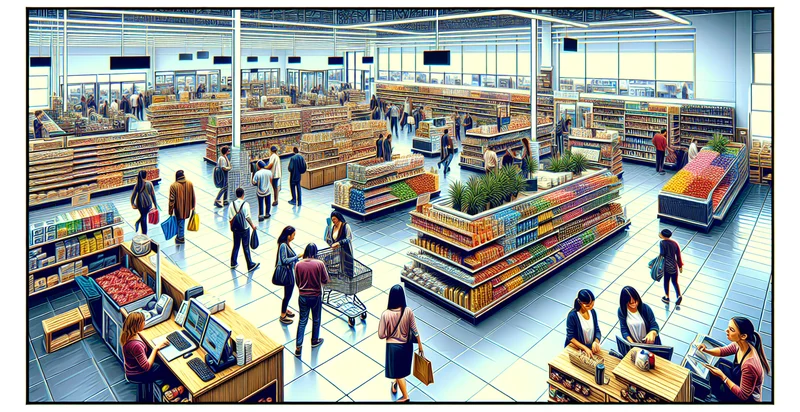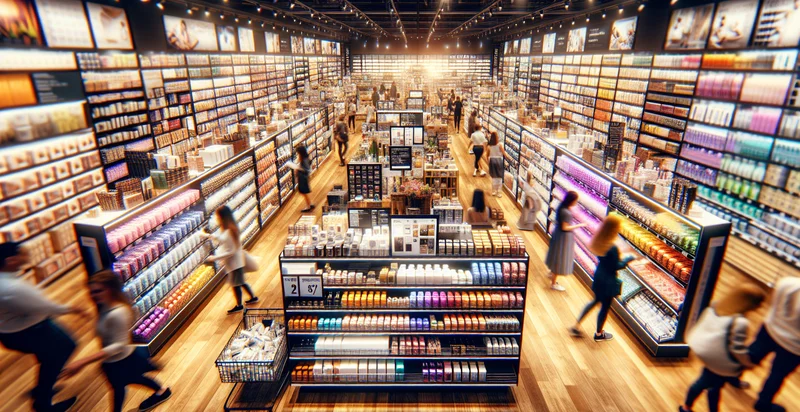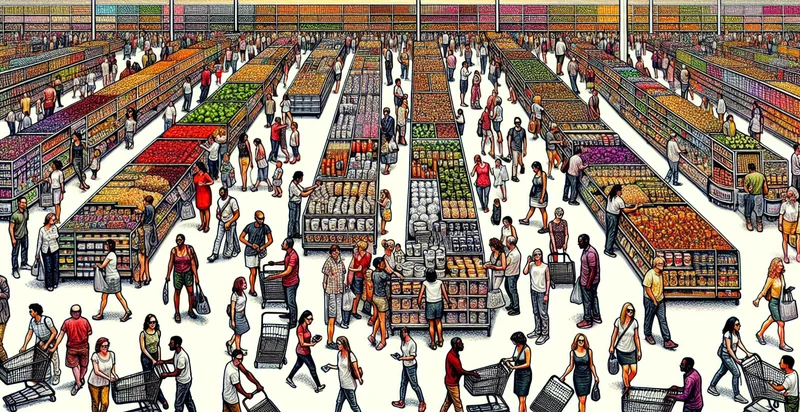Identify store shoppers count
using AI
Below is a free classifier to identify store shoppers count. Just upload your image, and our AI will predict the number of shoppers in each category based on their behavior - in just seconds.

Contact us for API access
Or, use Nyckel to build highly-accurate custom classifiers in just minutes. No PhD required.
Get started
import nyckel
credentials = nyckel.Credentials("YOUR_CLIENT_ID", "YOUR_CLIENT_SECRET")
nyckel.invoke("store-shoppers-count", "your_image_url", credentials)
fetch('https://www.nyckel.com/v1/functions/store-shoppers-count/invoke', {
method: 'POST',
headers: {
'Authorization': 'Bearer ' + 'YOUR_BEARER_TOKEN',
'Content-Type': 'application/json',
},
body: JSON.stringify(
{"data": "your_image_url"}
)
})
.then(response => response.json())
.then(data => console.log(data));
curl -X POST \
-H "Content-Type: application/json" \
-H "Authorization: Bearer YOUR_BEARER_TOKEN" \
-d '{"data": "your_image_url"}' \
https://www.nyckel.com/v1/functions/store-shoppers-count/invoke
How this classifier works
To start, upload your image. Our AI tool will then predict the number of shoppers in each category based on their behavior.
This pretrained image model uses a Nyckel-created dataset and has 8 labels, including 1-5, 101-200, 11-20, 201-500, 21-50, 500+, 51-100 and 6-10.
We'll also show a confidence score (the higher the number, the more confident the AI model is around the number of shoppers in each category based on their behavior).
Whether you're just curious or building store shoppers count detection into your application, we hope our classifier proves helpful.
Related Classifiers
Need to identify store shoppers count at scale?
Get API or Zapier access to this classifier for free. It's perfect for:
- Traffic Flow Optimization: This use case focuses on analyzing shopper counts in various store sections. By identifying which areas have higher or lower foot traffic, retailers can adjust product placement and staff allocation to enhance customer engagement and improve overall sales.
- Inventory Management: By tracking the number of shoppers in different aisles, retailers can gain insights into product popularity and stock levels. This data can help businesses to optimize their inventory management, ensuring that high-demand items are adequately stocked and reducing waste on slow-moving products.
- Marketing Campaign Effectiveness: Retailers can use shopper counts to evaluate the success of in-store promotions and marketing campaigns. By correlating increased foot traffic in certain areas with specific promotions, businesses can refine their marketing strategies to drive higher conversions and improve return on investment.
- Staff Scheduling: Understanding when peak shopping times occur enables retailers to optimize their staffing. By analyzing shopper counts throughout the day or week, businesses can ensure they have the right number of employees available to assist customers during busy periods, enhancing the overall shopping experience.
- Customer Segmentation: Shoppers' movement patterns can reveal valuable insights into customer behavior. By analyzing data on who shops where and when, businesses can create more targeted customer segments, leading to personalized marketing efforts and improved customer relationship management.
- Store Layout Design: Analyzing foot traffic patterns can inform decisions on store layout and design. Retailers can identify bottlenecks and underutilized spaces, allowing them to restructure store layouts for improved shopper flow, which can enhance shopping experiences and boost sales.
- Safety and Security Measures: Monitoring shopper counts can help in managing safety protocols, especially in response to health crises. By ensuring that the number of shoppers in-store remains at safe levels, retailers can comply with regulations, ensuring a safe environment for both customers and staff.


